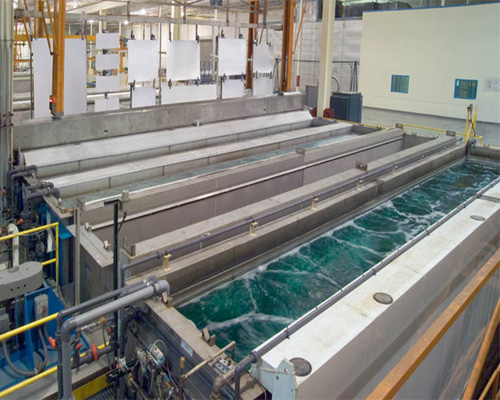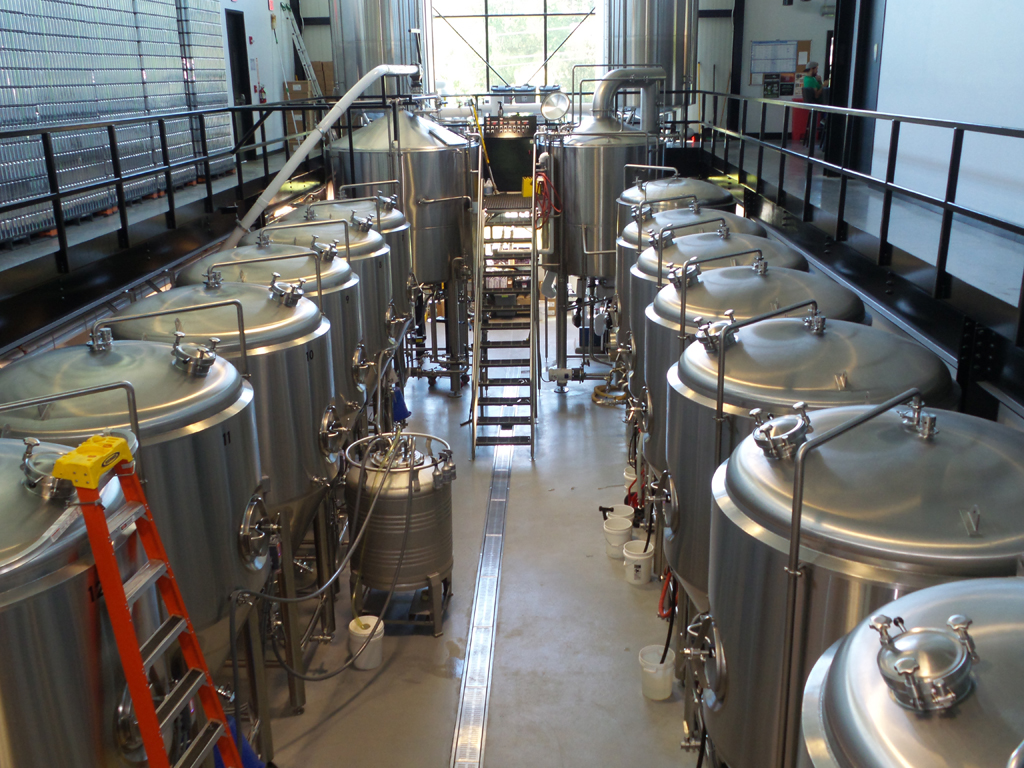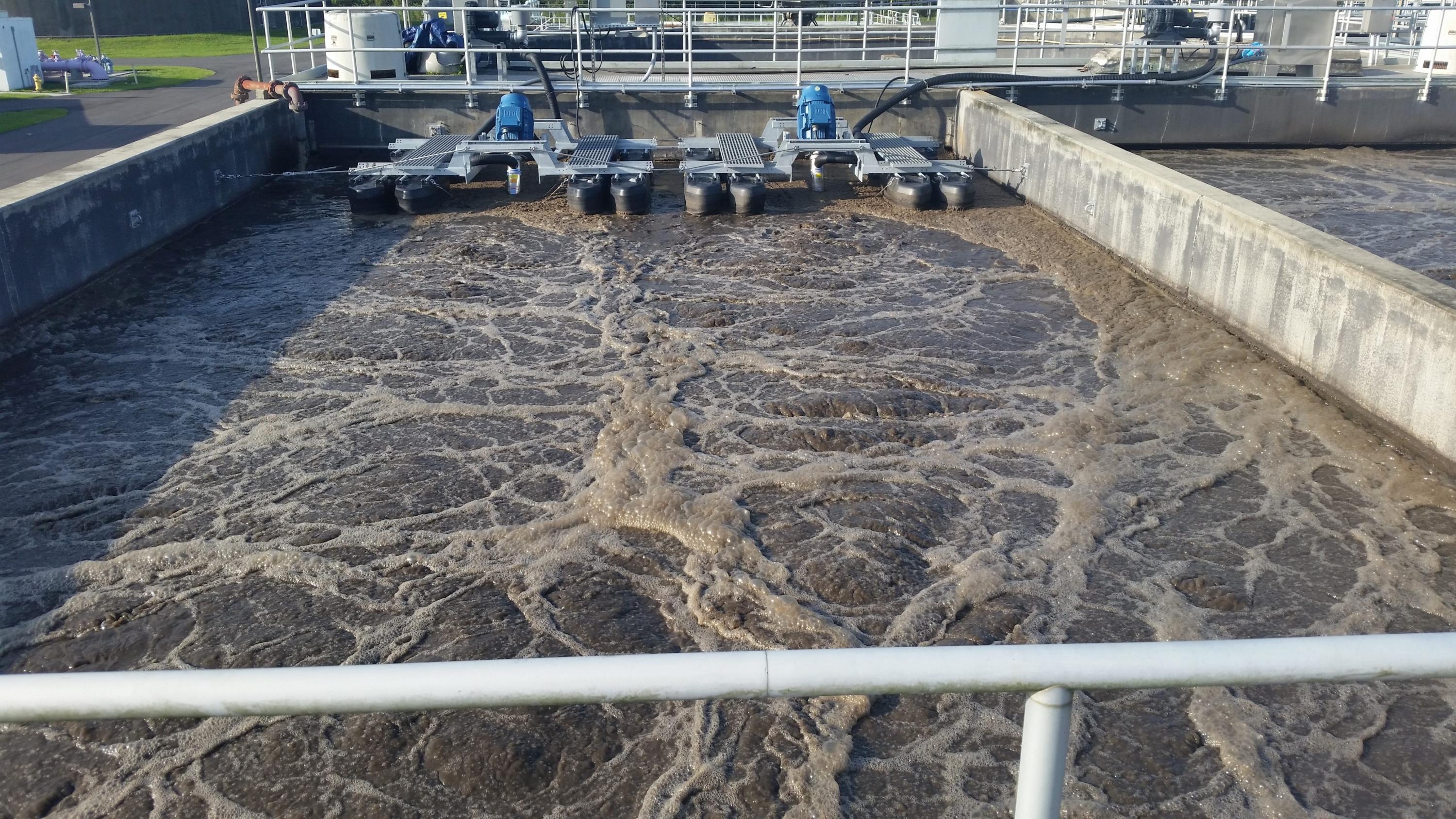Five kind of wastewater treatment and technology solutions?
15/08/2019
FIVE KIND OF WASTEWATER TREATMENT AND TECHNOLOGY SOLUTIONS ?
1. Domestic wastewater
Domestic wastewater is the most generated type of waste water. It was born from human activities. The main pollutants are organic substances, mainly organic carbohydrates, organic ammonium, organic nitrogen, organic phosphorus and coliform.
.jpg)
Problems - Amoni and Nitrates
The most difficult problem in wastewater treatment is Amoni and Nitrates. Ammonium is present in urine, organic nitrogen arises from the excess food in the process of living.
When nitrogen metabolism is not occurring or does not occur completely, it will not be possible to end the Nito cycle, when nitrogen in the wastewater is not taken out.
Solutions
Currently there are many ways to treat organic Ammonium and Nitrogen in waste water such as reverse osmosis, chemical methods. However, in general, the solution is highly appreciated for the efficiency, cost and safest that is to use microorganisms into the cycle of Nito metabolism.
So why is Nito still a difficult problem? The reason is that due to incomplete metabolism, microbial transformation activities are interrupted due to impacted external factors such as oxygen conditions, nutrient ratio, microbial life cycle. Understanding these issues will be able to be customized accordingly, supporting the most efficient processing process.
2. Cleaning wastewater
Cleaning wastewater is generated much from the manufacturing process of industries such as: car manufacturing, painting, electronic accessories manufacturing, printing, packaging, recycling ...
Problem - COD
The most difficult to solve this type of wastewater is the content of persistent organic substances in water, measured by COD index (chemical oxygen demand). Very high COD here can range from a few thousand to tens of thousands of ppm.
For solutions to treat common organic matter by microorganisms, it is completely impossible to solve.
Solutions
Some solutions are used for this type of wastewater such as higher oxidation, adsorption ... However, the key issue is to understand the origin of COD, which is the source of the persistent organic matter. Typically, these substances are found in cleaning chemicals, most of which are water-soluble solvents. Some types can be treated with anaerobic microorganisms, others can only use oxidizing agents for cleavage.
3. Plating wastewater
A normal plating factory discharges a lot of wastewater. However, the pollution index of wastewater is very complex and dangerous.

Problems- Metals
Most metal plating process will not plated with a metal type but will be plated into many different metal layers. At the stage of understanding and constructing the original line, if the metals are separated separately, the stage of rear wastewater treatment will be quite easy. However, most of the plating factories will collect all kinds of wastewater. Some types of metals will become difficult to handle when gathered: Chromium, Nickel, Aluminum ...
Solutions
The optimal solution is to treat each waste stream separately from the beginning. Use each pH point suitable for each type of metal or high oxidation for chromium. In some cases, it is necessary to optimize the metal treatment, the treatment needs to use more complex compounds to easily separate the metal from the waste water.
4. Food wastewater
The food manufacturing industry also generates a huge amount of wastewater from production. Some typical items are: wine production, confectionery production, canning production, bottled water production

Problem- BOD
Due to production characteristics, the nature of wastewater also has the same characteristics that contain a lot of organic substances, especially hydrocarbons - the cause of very high BOD (biochemical oxygen demand)
Solutions
The treatment of BOD is simpler than COD, it can be reduced quickly by microbial activity, in case BOD is too high, the decomposition of anaerobic microorganisms is extremely effective. However, the problem to consider when using this method is to treat odor (gas meetan) generated from anaerobic digestion process.
5. Wastewater has high TSS
There are many types of waste water containing extremely high suspended solids (TSS) such as paper waste water, textile wastewater, sewage from fisheries ....

Problem- TSS
High TSS in water causes difficulties for the rear treatment stage, it reduces DO causing difficulty for processing as well as water quality
Solutions
There are many solutions for TSS treatment however depending on the TSS content in the water as well as the cause of suspended solids that apply appropriate measures. Some of the measures listed are as follows:
- Flotation, super shallow flotation
- Coagulation, flocculation
- Sidementation
- Filter


